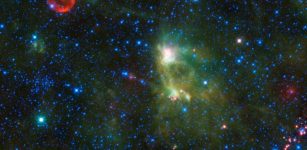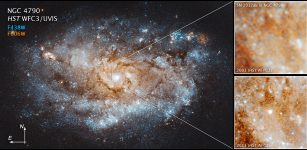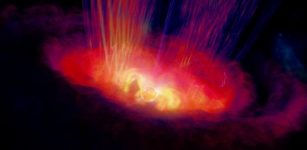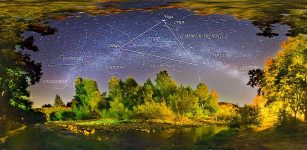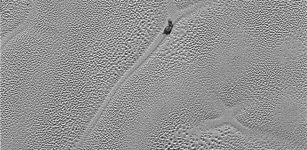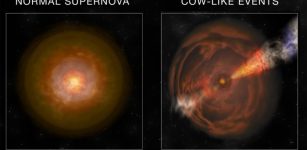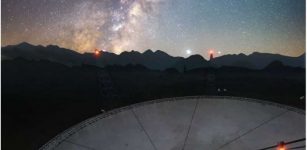Juno Probe Presents Surprising Data About Jupiter And Reveals Some Of Its Secrets
MessageToEagle.com – Ten months ago (on July 4, 2016), NASA’s Juno probe entered Jupiter’s orbit and flew within about 2,600 miles (4,200 kilometers) of Jupiter’s swirling cloud tops on Aug. 27.
Now, Juno delivers the first portion of interesting results about our giant gaseous planet.
Among several surprising scientific data revealed by the probe’s imager, JunoCam, there is one regarding gigantic Earth-sized swirling storms that are densely clustered and concentrated in the Jupiter’s poles.
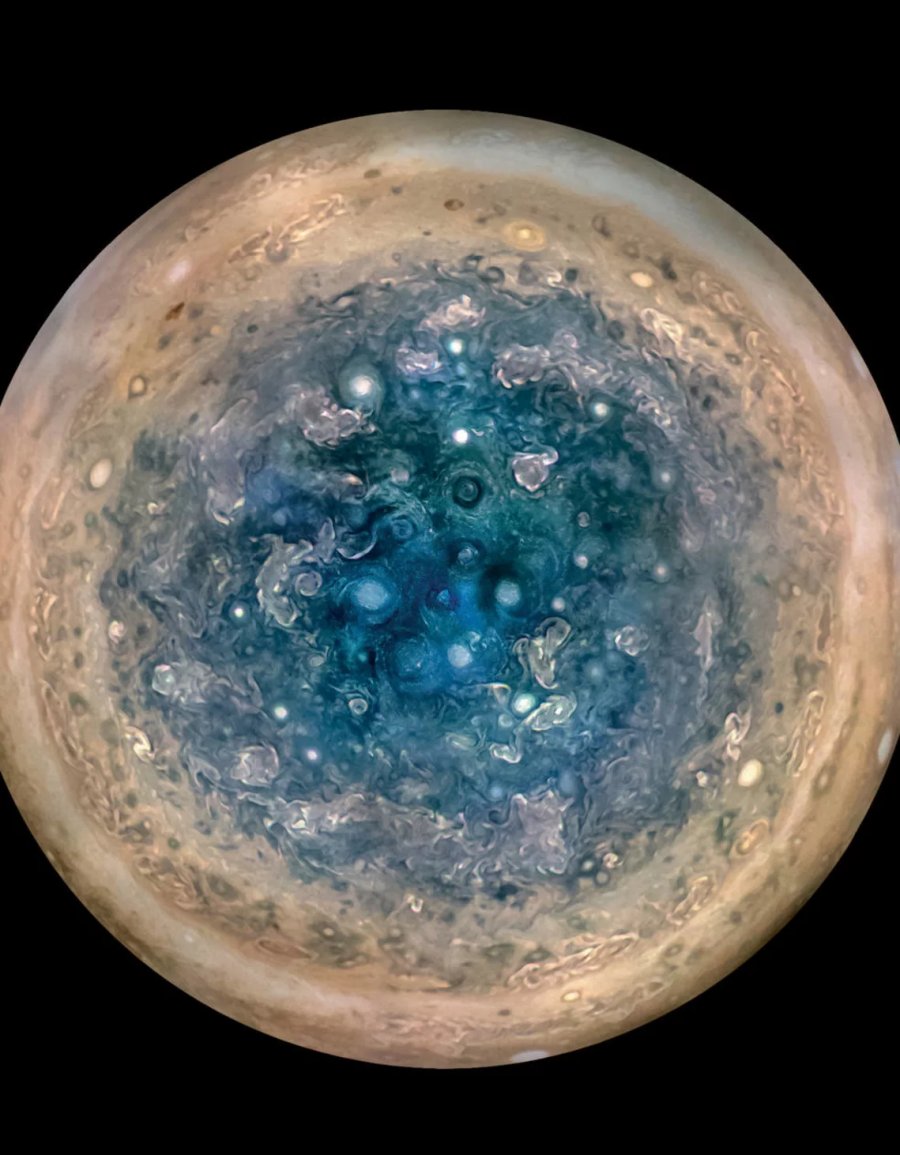
“We’re puzzled as to how they could be formed, how stable the configuration is, and why Jupiter’s north pole doesn’t look like the south pole,” said Scott Bolton, Juno principal investigator from the Southwest Research Institute in San Antonio.
“We’re questioning whether this is a dynamic system, and are we seeing just one stage, and over the next year, we’re going to watch it disappear, or is this a stable configuration and these storms are circulating around one another?”
Another surprise comes from Juno’s Microwave Radiometer (MWR), which samples the thermal microwave radiation from Jupiter’s atmosphere, from the top of the ammonia clouds to deep within its atmosphere.
See also:
Blue Aurora On Jupiter Can Be Bigger Than The Size Of Earth
Astronomers Discovered A Second Great Cold Spot In Jupiter’s Upper Atmosphere
Detailed Radio Map Of Jupiter Reveals What’s Hidden Beneath Colorful Clouds
The MWR data indicates that Jupiter’s iconic belts and zones are mysterious, with the belt near the equator penetrating all the way down, while the belts and zones at other latitudes seem to evolve to other structures
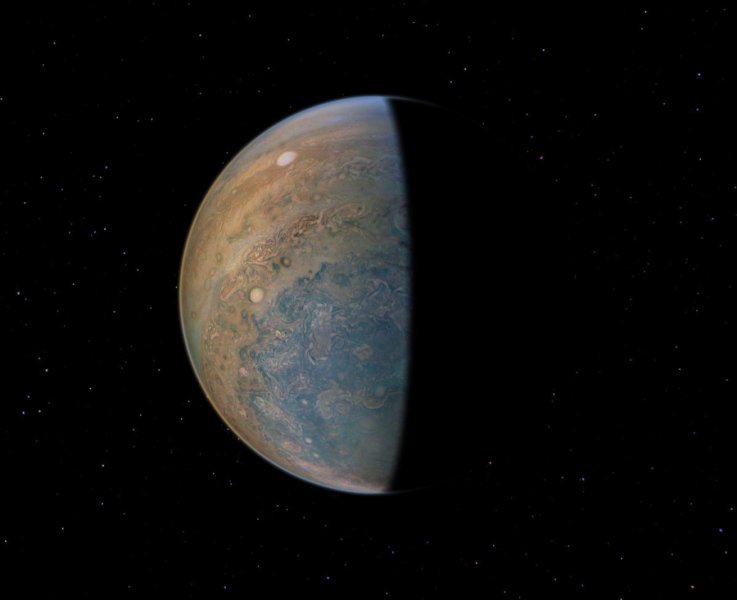
Measurements of the massive planet’s magnetosphere, from Juno’s magnetometer investigation (MAG), indicate that Jupiter’s magnetic field is even stronger than models expected, and more irregular in shape.
MAG data indicates the magnetic field greatly exceeded expectations at 7.766 Gauss, about 10 times stronger than the strongest magnetic field found on Earth.
“Juno is giving us a view of the magnetic field close to Jupiter that we’ve never had before,” said Jack Connerney, Juno deputy principal investigator and the lead for the mission’s magnetic field investigation at NASA’s Goddard Space Flight Center in Greenbelt, Maryland.
“Already we see that the magnetic field looks lumpy: it is stronger in some places and weaker in others. This uneven distribution suggests that the field might be generated by dynamo action closer to the surface, above the layer of metallic hydrogen. Every flyby we execute gets us closer to determining where and how Jupiter’s dynamo works.”
The next flyby is on July 11 and it’ll focus on Jupiter’s Great Red Spot.
“If anybody is going to get to the bottom of what is going on below those mammoth swirling crimson cloud tops, it’s Juno and her cloud-piercing science instruments,” Bolton said.
The new findings are being published this week in two papers in the journal Science, as well as 44 papers in Geophysical Research Letters.
MessageToEagle.com
Expand for references
